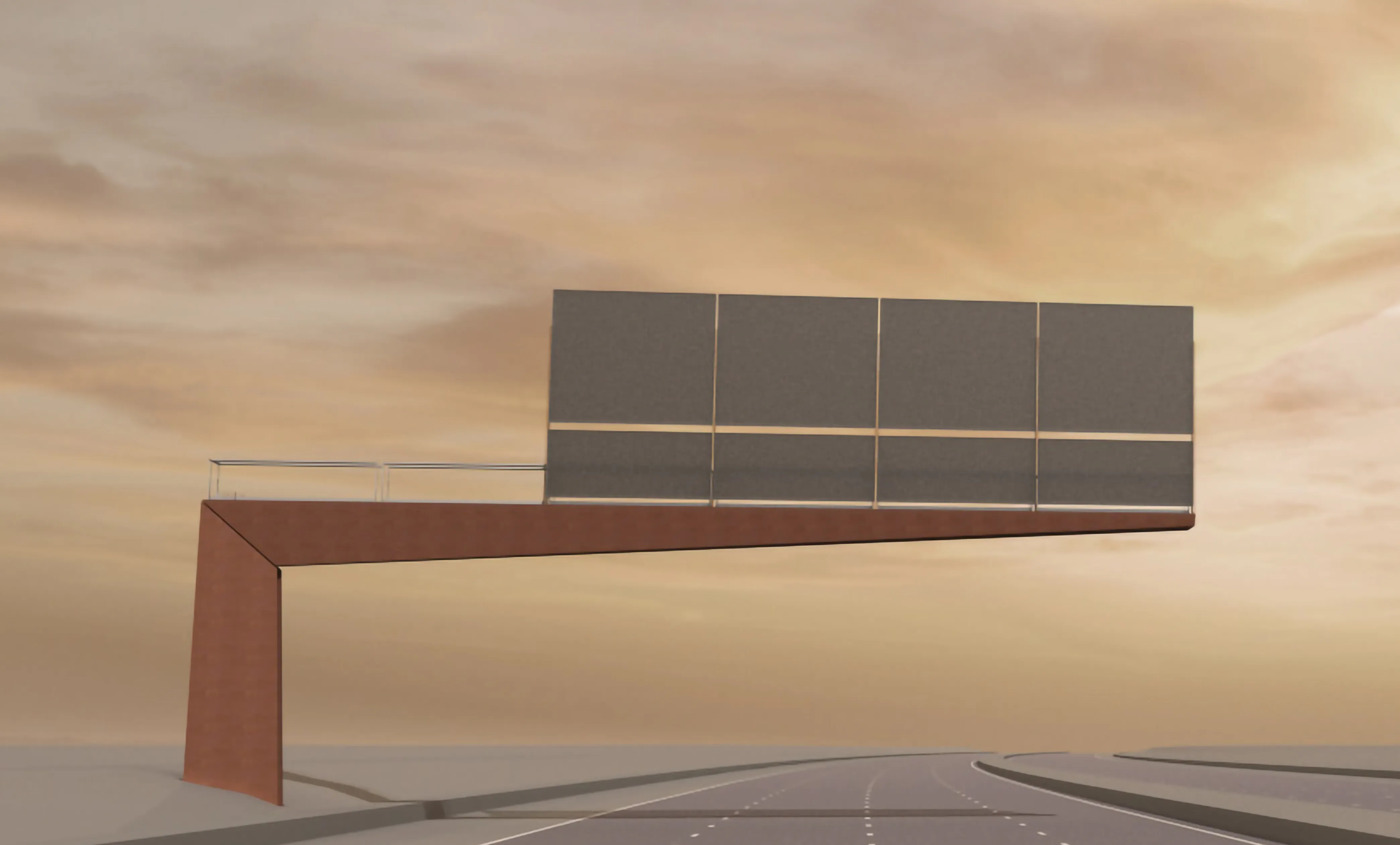In a response to a move to remove unnecessary clutter in cities and rural areas, more than 9,000 road traffic signs have been taken down in England, where local councils have been urged to think more creatively about the number and location of their location. Ministers have warned that excessive signs can be a distraction to motorists and make roads appear unattractive. In October 2011, the requirement for certain road signs was lifted; the government plans to give councils more discretion over where they p
January 4, 2013
Read time: 3 mins
In a response to a move to remove unnecessary clutter in cities and rural areas, more than 9,000 road traffic signs have been taken down in England, where local councils have been urged to think more creatively about the number and location of their location. Ministers have warned that excessive signs can be a distraction to motorists and make roads appear unattractive.
In October 2011, the requirement for certain road signs was lifted; the government plans to give councils more discretion over where they place signs, with new rules expected in 2014. The government said research suggested that motorists already had a clear understanding of what red route marking meant and extra signs were not necessary.
Following a review last year, the1837 Department for Transport is highlighting councils in England which they say are leading the way on removing superfluous signage, and praised local authorities in London, Hampshire and Somerset for axing confusing and ugly signs and urged other councils to follow suit.
In London, it says 8,000 red repeater signs, designed to reinforce no stopping or loading messages such as double red lines, have been removed. In Hampshire, 200 signs have been removed from a twelve mile stretch of the A32, while 1,000 signs have disappeared from Somerset.
“I urge other councils to think about where traffic signs are placed and whether they are needed at all,” said Patrick McLoughlin, transport secretary. "There are too many unnecessary signs blotting the landscape of our towns and cities. London, Hampshire and Somerset are a fantastic example and I urge other councils to think about where traffic signs are placed and whether they are needed at all," he continued.
Ministers have published new guidance, encouraging other councils to remove damaged and pointless street clutter and to place new signs only where there is a clear need. Officials said many signs required lighting, adding to energy and maintenance bills at a time when public funding was tight.
Environmental campaigners welcomed the reduction, saying well-intentioned notices often ended up degrading the countryside and distracting road users. "Rather than being hectored by health and safety signs alerting of any possible risk, people driving on rural roads should be encouraged to expect to share minor rural roads with a range of other road users," the Campaign to Protect Rural England said.
The1459 AA motoring organisation said it was obvious to its members that there were too many signs. "Signs are of course important for safety, regulating traffic and for finding places but we need to take stock, tidy up and remove those that are unnecessary," said its president Edmund King.
In October 2011, the requirement for certain road signs was lifted; the government plans to give councils more discretion over where they place signs, with new rules expected in 2014. The government said research suggested that motorists already had a clear understanding of what red route marking meant and extra signs were not necessary.
Following a review last year, the
In London, it says 8,000 red repeater signs, designed to reinforce no stopping or loading messages such as double red lines, have been removed. In Hampshire, 200 signs have been removed from a twelve mile stretch of the A32, while 1,000 signs have disappeared from Somerset.
“I urge other councils to think about where traffic signs are placed and whether they are needed at all,” said Patrick McLoughlin, transport secretary. "There are too many unnecessary signs blotting the landscape of our towns and cities. London, Hampshire and Somerset are a fantastic example and I urge other councils to think about where traffic signs are placed and whether they are needed at all," he continued.
Ministers have published new guidance, encouraging other councils to remove damaged and pointless street clutter and to place new signs only where there is a clear need. Officials said many signs required lighting, adding to energy and maintenance bills at a time when public funding was tight.
Environmental campaigners welcomed the reduction, saying well-intentioned notices often ended up degrading the countryside and distracting road users. "Rather than being hectored by health and safety signs alerting of any possible risk, people driving on rural roads should be encouraged to expect to share minor rural roads with a range of other road users," the Campaign to Protect Rural England said.
The








